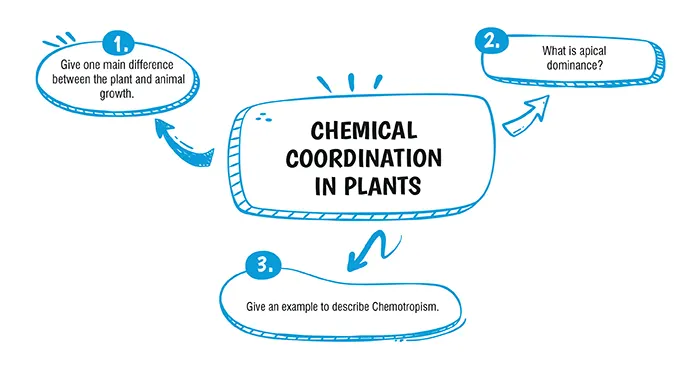Table of Contents

Ans. (d)
Explanation:
Blood pressure is the pressure which blood flowing through arteries exerts on their walls. It has 2 limits: upper limit (systolic pressure) occurs when fresh blood is pushing through the arteries due to ventricular contraction of the heart. Lower limit (diastolic pressure): recorded when a wave has passed over. Range of normal blood pressure:
Systolic : 100-140 mm Hg
Diastolic : 60-80 mm Hg
Ans. (b)
Explanation:
There are three layers in the artery and veins. They are:
Tunica interna: consists of endothelial cells.
Tunica media: consists of smooth muscles and elastic fibres.
Tunica externa: consists of connective tissue.
Explanation:
Circulatory system is also called a transport system because it transports food, water, hormones, enzymes, electrolytes, antibodies and respiratory gases to or away from the body tissues.
Explanation:
A man can live without food for a number of days, but he cannot survive without oxygen for more than a few minutes because food is stored in the body in various forms like proteins, glycogen, fats, etc. so the stored food material and energy can be used but oxygen is not stored in the body in any form. Hence, deficiency of oxygen leads to asphyxiation and finally the person dies.
Explanation:
Pericardium
Function
Download Mind Map of this chapter
Download NowWant to Practice Mock Tests of this chapter
Practice NowDownload Important Questions of this chapter
Download Now| Chapter No. | Chapter Name |
|---|---|
| Chapter 1 | Structure of Chromosome, Cell Cycle and Cell division |
| Chapter 2 | Genetics: Mendel's law of Inheritance |
| Chapter 3 | Absorption by Roots- The Processes Involved |
| Chapter 4 | Transpiration |
| Chapter 5 | Photosynthesis |
| Chapter 6 | Chemical Coordination in Plants |
| Chapter 7 | The Circulatory System |
| Chapter 8 | The Excretory System |
| Chapter 9 | The Nervous System and Sense Organs |
| Chapter 10 | The Endocrine System |
| Chapter 11 | The Reproductive System |
| Chapter 12 | Human Population |
| Chapter 13 | Human Evolution |
| Chapter 14 | Pollution |
Ans:
CBSE Important Questions Class 10
ICSE Important Questions Class 10
CBSE Important Questions Class 10
ICSE Important Questions Class 10